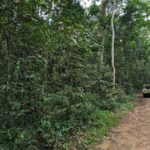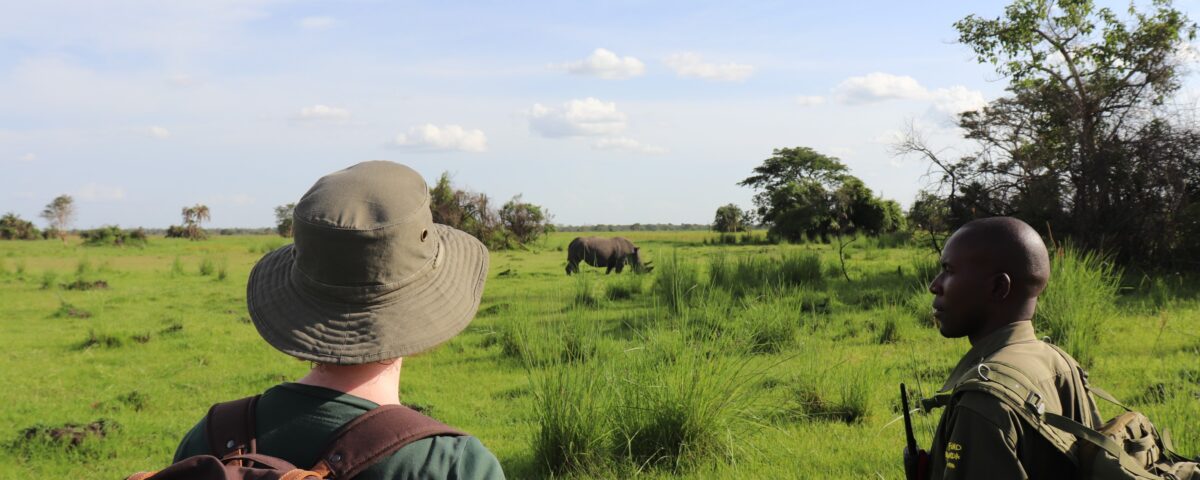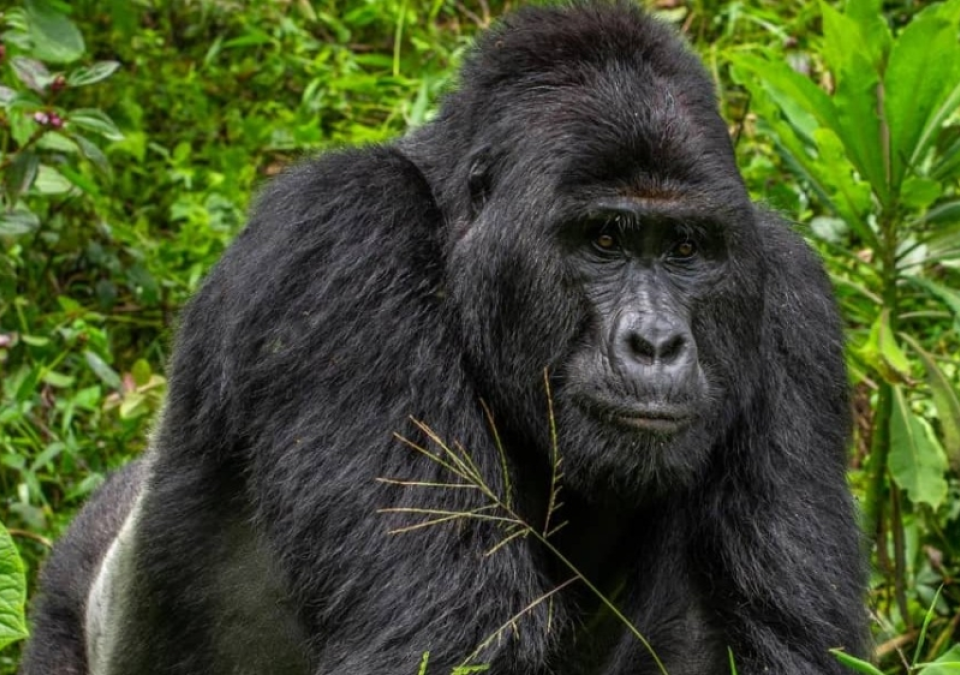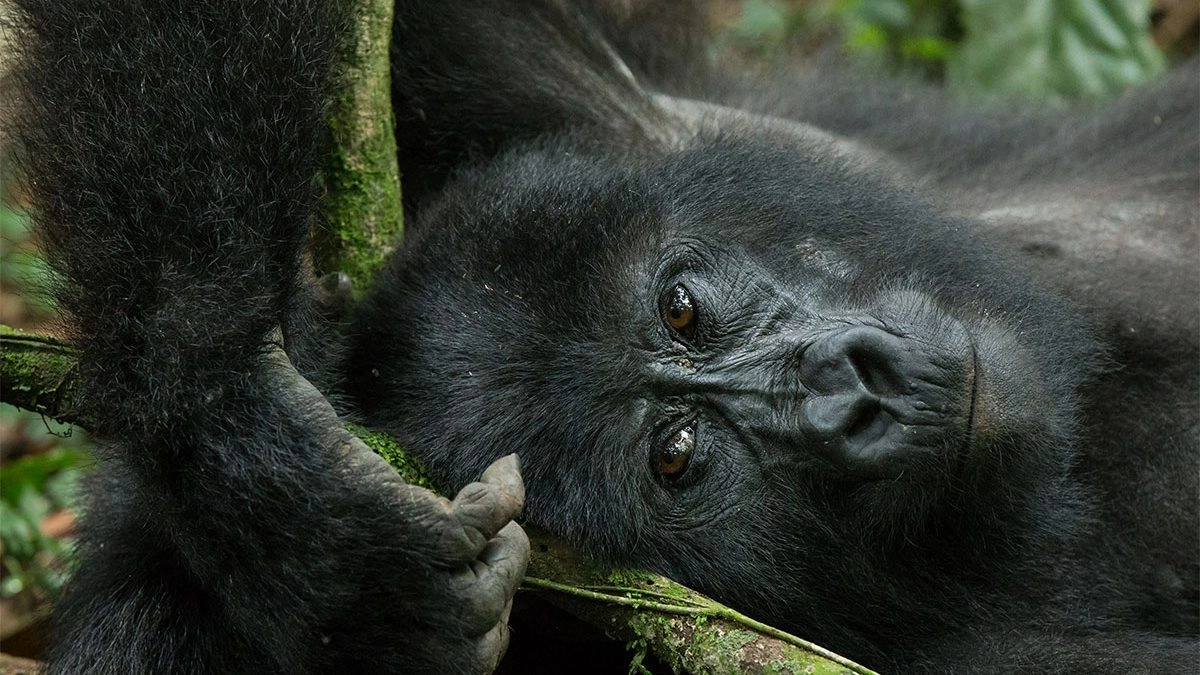
What is the Age Limit for Gorilla Trekking in Uganda?
July 11, 2025
What Should I Wear for a Walking Safari?
July 11, 2025What Is the Best Time to Do a Walking Safari in Uganda?
One of the most essential questions safari enthusiasts ask when planning their trip is, “What is the best time to do a walking safari in Uganda?” At Ovacado Adventures, we understand how timing can significantly influence your experience, safety, and enjoyment on a Uganda walking safari. While Uganda offers year-round safari opportunities, the dry seasons—from June to August and December to February—are widely recognized as the optimal periods for walking safaris. During these months, trails are less muddy, wildlife visibility improves, and the weather conditions enhance your connection with Uganda’s spectacular landscapes and wildlife.
Understanding the best timing for walking safaris in Uganda allows travelers to maximize their adventure, comfort, and photographic opportunities. This article explores why these seasons are preferred, what to expect during other times of the year, how to integrate walking safaris with Uganda Gorilla Trekking Safaris, and the unique cultural experiences available during your journey. By reading this comprehensive guide, you’ll gain valuable insights that position Ovacado Adventures as a trusted leader in delivering safe, authentic, and expertly guided Uganda safaris.
Whether you are new to African safaris or a seasoned explorer wondering, “When exactly is the best time to do a walking safari in Uganda?”, this article will provide clarity and guidance to help you plan your perfect wilderness adventure.
Why Are the Dry Seasons Considered the Best Time to Do a Walking Safari in Uganda?
When asking, “What is the best time to do a walking safari in Uganda?”, many experienced travelers and wildlife experts emphasize the importance of the dry seasons, primarily between June and August and December to February. These periods coincide with Uganda’s two main dry spells, which greatly improve trail accessibility and walking conditions.
During the dry seasons, the bush trails are firm and less slippery, making walking safaris safer and more comfortable for guests of various fitness levels. Without the challenge of navigating muddy paths, your group can explore a greater variety of terrains—whether that be savannah, forest edges, or riverine areas—without undue difficulty.
Visibility also improves drastically during dry months. The vegetation thins out, allowing rangers and guides to spot elusive wildlife with more ease. Sightings of animals such as Uganda’s antelope species, birds, and sometimes predators are more frequent and clearer. This naturally enhances your Uganda wildlife safari experience, creating unforgettable moments that are more challenging to achieve in the rainy seasons.
Additionally, many migratory birds are present during the dry season, which makes walking safaris particularly attractive to bird watchers and nature photographers. Therefore, if you’re considering “What is the best time to do a walking safari in Uganda to maximize wildlife encounters and photography?”, the dry seasons are your ideal answer.
Is It Possible to Enjoy Walking Safaris in Uganda During the Wet Seasons?
While the dry seasons offer optimum conditions, a common question is, “Can I do walking safaris in Uganda during the rainy seasons?” The answer is yes—walking safaris are available throughout the year, and some travelers find the wet seasons (March to May and September to November) equally rewarding for unique reasons.
During Uganda’s rainy months, the landscape transforms into lush greenery, making the scenery exceptionally vibrant and picturesque. Many animals retreat to water sources, making it easier to spot wildlife gathered around rivers, lakes, and watering holes. Birdlife is also at its peak during these times, with migratory species adding to the already rich avifauna.
However, walking trails may become muddy and slippery, requiring careful navigation and sometimes limiting the length of walks. Some parks may restrict certain trails for safety reasons, so itineraries are often adjusted to prioritize accessible routes. Our experienced guides at Ovacado Adventures are experts in adapting safari plans to weather conditions, ensuring that even in the wet season, your walking safari is safe, enjoyable, and rewarding.
Travelers frequently ask, “Is it worth doing a walking safari in Uganda during the rainy season?” For those who appreciate fewer crowds, stunning landscapes, and the chance to witness breeding animals and baby wildlife, the rainy season can offer an intimate and peaceful safari experience.
How Does the Best Time to Do a Walking Safari in Uganda Relate to Gorilla Trekking?
If your question includes, “What is the best time to do a walking safari in Uganda combined with Gorilla Trekking?”, then it is important to understand how these two activities complement each other seasonally.
Mountain gorilla trekking, mainly conducted in Bwindi Impenetrable Forest and Mgahinga Gorilla National Park, is available year-round but can be affected by heavy rains that make the forest trails slippery and physically demanding. The dry seasons not only improve walking safari conditions but also make trekking gorillas more manageable and comfortable.
By scheduling your Uganda Gorilla Trekking Safaris during the dry months of June to August or December to February, you increase your chances of a successful and enjoyable trek. This timing also allows for smoother transitions to walking safaris in nearby parks such as Lake Mburo National Park, where dry trails make the walking experience optimal.
At Ovacado Adventures, we design integrated itineraries that factor in seasonal conditions to maximize your entire Uganda wildlife safari experience. This way, you get to enjoy both gorilla trekking and walking safaris at their best, without compromise.
What Cultural Experiences Enhance Your Walking Safari Experience in Uganda?
When exploring the question, “What is the best time to do a walking safari in Uganda?”, it’s important not to overlook the cultural dimension. Walking safaris provide a unique opportunity to interact with local communities, and certain seasons coincide with cultural festivals, farming cycles, and traditional ceremonies.
During the dry seasons, when walking safaris are easier and more pleasant, many communities hold annual festivals and rituals, offering travelers a chance to participate or observe. For example, in the southwest near Bwindi, cultural visits to the Batwa pygmy communities are more accessible when trails are dry. Here, guests can learn about traditional forest hunting techniques, storytelling, and music.
In the northern regions such as Kidepo Valley, the dry months align with important pastoralist activities among the Karamojong people, including cattle watering and warrior dances, which provide vibrant cultural experiences for visitors.
At Ovacado Adventures, we integrate cultural interactions into your walking safari itinerary to enrich your understanding of Uganda’s people and traditions. These experiences are safe, respectful, and often more accessible during the dry seasons when walking conditions are optimal.
Experience, Authoritativeness, and Tailored Itineraries
The question, “What is the best time to do a walking safari in Uganda?”, is central to planning a successful and memorable safari, and at Ovacado Adventures, we pride ourselves on our deep experience and expertise in this regard.
With years of guiding travelers through Uganda gorilla trekking safaris, walking safaris, and game drives safaris, our team understands how to tailor experiences according to seasonal patterns, client interests, and safety considerations. Our close partnerships with the Uganda Wildlife Authority (UWA) ensure that all safaris comply with the highest conservation and safety standards.
Our trusted guides are passionate about delivering personalized service—whether you seek the thrill of tracking mountain gorillas or the peaceful immersion of a walking safari through savannah or forest. We also emphasize responsible tourism, promoting sustainable practices that benefit both wildlife and local communities.
Whether you are a first-time visitor or a returning explorer, Ovacado Adventures is your reliable source for Uganda safaris, expertly balancing adventure, comfort, and cultural authenticity.
Choosing the Best Time to Do a Walking Safari in Uganda with Ovacado Adventures
In summary, what is the best time to do a walking safari in Uganda? While walking safaris are offered year-round, the dry seasons between June and August and December to February provide the most favorable conditions for comfortable, safe, and wildlife-rich walks. These months bring better trail accessibility, clearer wildlife viewing opportunities, and enhanced cultural experiences.
Nevertheless, the wet seasons should not be overlooked, as they offer lush landscapes, active wildlife, and fewer tourists. At Ovacado Adventures, we expertly craft your itinerary to ensure your walking safari—whether paired with Uganda Gorilla Trekking Safaris or game drives safaris—is perfectly timed to meet your preferences and expectations.
By choosing us, you align with a company dedicated to Experience, Expertise, Authoritativeness, and Trustworthiness, ensuring every step you take in Uganda’s wilderness is safe, inspiring, and unforgettable.
Let Ovacado Adventures guide you to explore Uganda’s incredible wilds at the very best time for a walking safari. Step into nature’s heart with confidence, curiosity, and a trusted partner.




